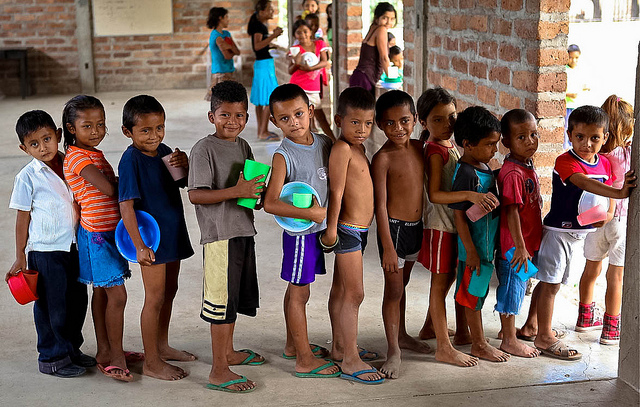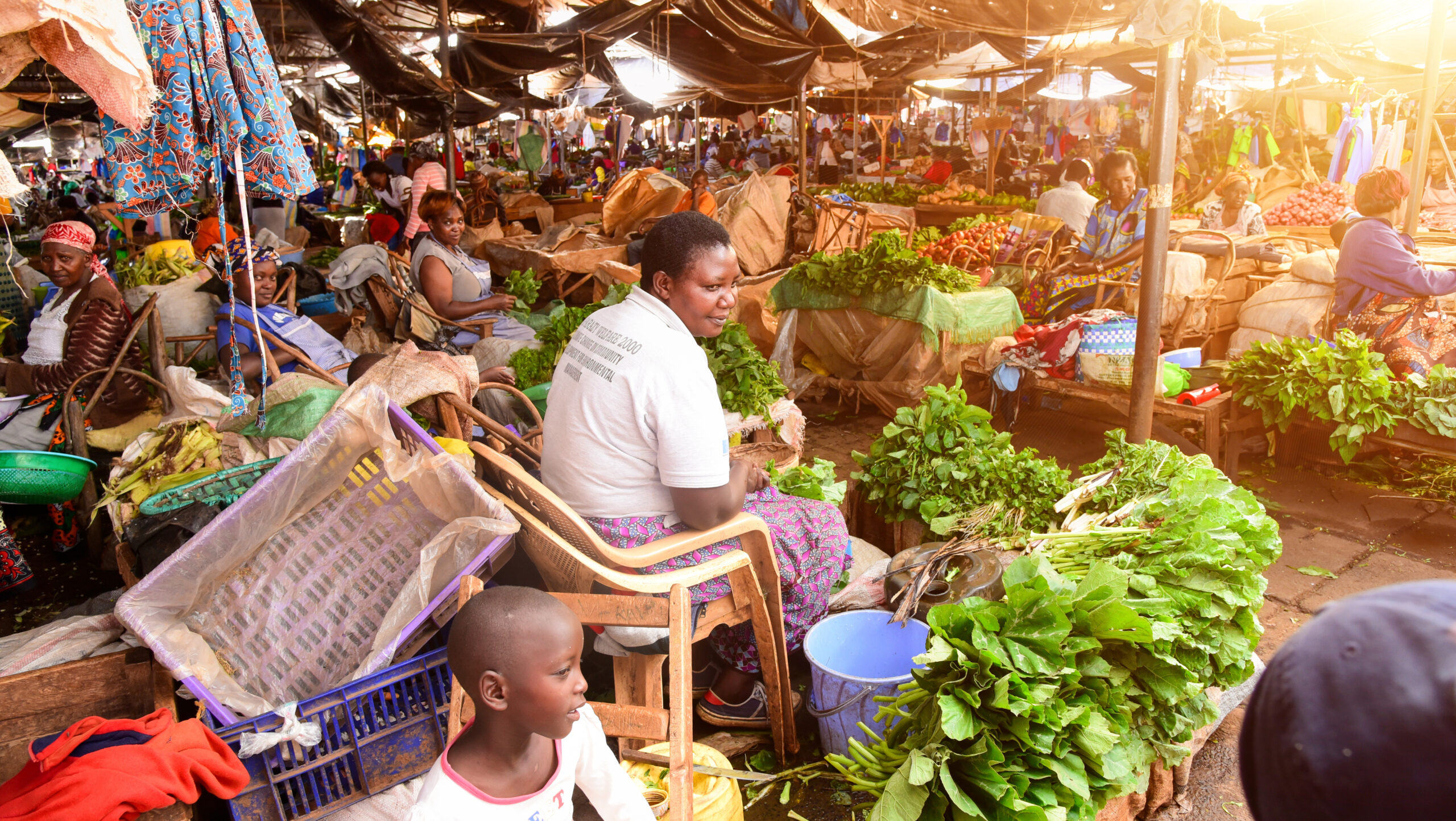The following story was originally published on IFPRI’s Food Security Portal blog.
Child migration from Central America to the US can be attributed to different socioeconomic factors depending on the point of origin, demanding tailored multisectoral domestic solutions.
This was one of the main conclusions of a virtual dialogue on the underlying causes of child and adolescent migration and the mechanisms for impact through public investment, conducted by the International Food Policy Research Institute (IFPRI) on its newly launched Food Security Portal for Central America and the Caribbean with support from the United States Agency for International Development (USAID).
“The search for increased income and job opportunities is one of the most important factors behind migration,” said Maximo Torero, director of the Markets, Trade and Institutions Division (MTID) at IFPRI and moderator of the dialogue. “Migration is a complex demographic phenomenon, however, and it is critical to tease out the socioeconomic factors in play in different regions in order to identify opportunities for policy solutions and prioritize public investment where it is most needed.”
While these factors can be difficult to isolate and analyze—particularly in developing countries, due to lack of information and reliable statistics—the data can speak volumes.
Torero presented maps depicting both the agricultural potential and level of agricultural efficiency in the main points of origin of migrants from El Salvador, Guatemala, and Honduras. The maps illustrate the differences between the drivers of migration in different regions, which should in turn be taken into account in the formulation of public policy and public and private investment.
In Honduras, for example, migration is from rural areas with high levels of poverty and less agricultural potential. Violence and a lack of public order are other very important factors, and more emphasis is needed on short-term assistance that can target the high levels of poverty and malnutrition and generating non-agricultural activities.
Participants in the dialogue also discussed the generational dynamics of migration, describing a process where first the father migrates, then the older relatives, and finally the children. Parents can try to avoid uprooting their children by sending remittances to maintain the children’s welfare in their countries of origin, but a lack of opportunities, insecurity, and violence can lead them to decide to take the risk and help their children join them in the United States. Additional research is needed to determine if migrants leave their place of birth directly or if they migrate first to intermediate cities and then migrate to their final destination.
In terms of recommendations, there was consensus that a full diagnosis of the needs and the production potential (not necessarily just agricultural potential) of each vulnerable area with high concentrations of poverty and malnutrition is necessary. Economic, social, and cultural aspects must be taken into account. The data shows that more focus is needed on creating well-paid employment opportunities and the development of the agricultural sector, not only subsistence, but also commercial and sustainable endeavors.
The experts also agreed on the need to prioritize public investment in areas with natural and human potential and to emphasize education as part of a multi-faceted strategy to influence the behavior of households with respect to migration. In addition, a system of monitoring and evaluation is necessary to ensure evidence-based solutions are implemented and accountability is maintained.
“We know that economic growth alone will not solve the problem,” said Torero. “It is necessary that we implement targeted and prioritized policies to accelerate the reduction of poverty and malnutrition. These policies in turn should include parallel steps to improve security and reduce violence in the poorest municipalities.”
There are public and private organizations dealing with the problem of food insecurity and migration, but comprehensive plans, sufficient funding, and coordinated action at the local, national, and regional level are crucial. Prioritization of public investment to achieve the highest return in terms of reducing poverty and hunger is also critical.
There was also a call for decentralization involving the transfer of not only the functions and responsibilities but also the resources and technical capabilities necessary for implementation. Longstanding issues of corruption, efficiency and transparency in existing institutions must also be addressed.







